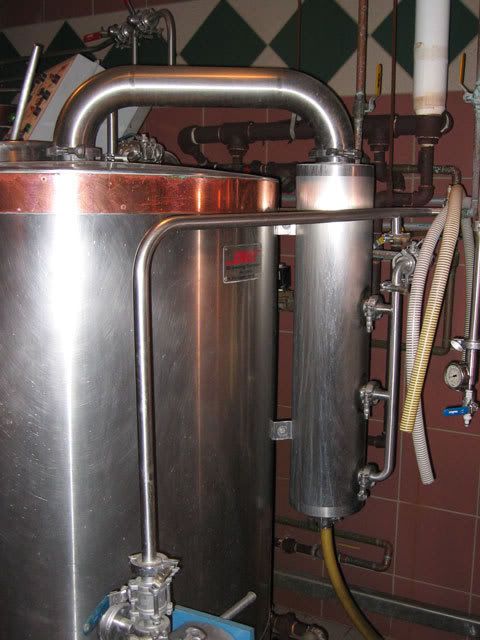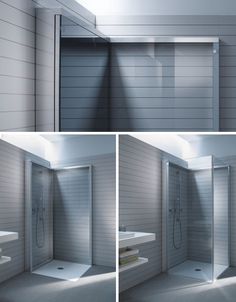I don't do too many DIY projects, mainly because I just rent things and my brew set up is fairly simple. It works beautifully in the warmer months with my 36L biab equipment. The problem is that in the cold months I've got to move inside into my tiny little apartment. The induction stove top would never be able to power the boil in the kettle, and my brewing induction plate plus kettle won't fit under the vent hood. After being able to brew with a local brewery that had a condensate stack, I thought that is something that I could easily do. As of right now I have to separate it into two separate boils, which is time consuming and kind of a pain in the arse (although worth it to have homebrewed beer).
I attempted to find some stuff to be able to just make a fairly ghetto setup, but there wasn't really much I could find to make the hood portion of the stack.
Anyways, has anybody had experience with attempting to make something like this?
I attempted to find some stuff to be able to just make a fairly ghetto setup, but there wasn't really much I could find to make the hood portion of the stack.
Anyways, has anybody had experience with attempting to make something like this?





